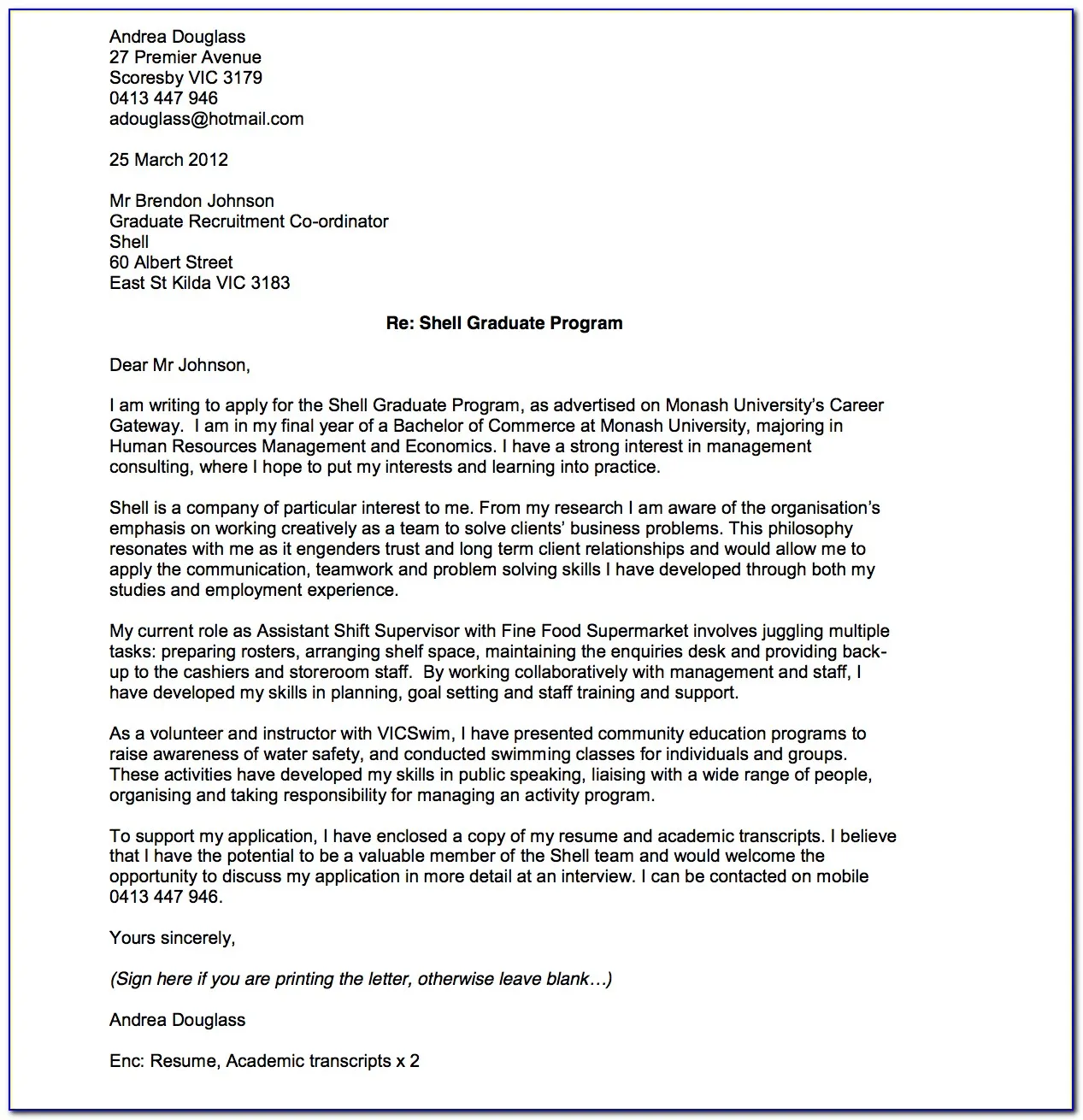Cover Letter Secrets How to Impress Employers
In the competitive world of job applications, a well-crafted cover letter can be your secret weapon. It’s your chance to go beyond the resume, providing a glimpse of your personality, skills, and enthusiasm. Many job seekers underestimate the power of a compelling cover letter, but it can be the deciding factor in whether you land an interview or not. This guide uncovers the secrets to writing a cover letter that not only impresses employers but also sets you apart from the competition. Understanding the nuances of cover letter writing, from the basics to advanced techniques, is essential for anyone looking to make a positive impression and secure their dream job. Mastering these techniques is crucial for success in the job market, providing a strong foundation for making a lasting impact.
Understanding the Purpose of a Cover Letter
A cover letter serves as a personal introduction, allowing you to connect with the hiring manager on a more individual level. It provides context to your resume, explaining why you’re interested in the specific role and company. The primary goals of a cover letter are to introduce yourself, highlight your key qualifications, and express your enthusiasm for the opportunity. Furthermore, it’s a chance to demonstrate your communication skills and writing abilities, which are vital for many professional positions. The cover letter gives you the opportunity to explain any gaps in employment or career changes. It allows you to tailor your application to the specific requirements of the job, showing that you’ve done your research and understand the company’s needs.
Why Cover Letters Still Matter
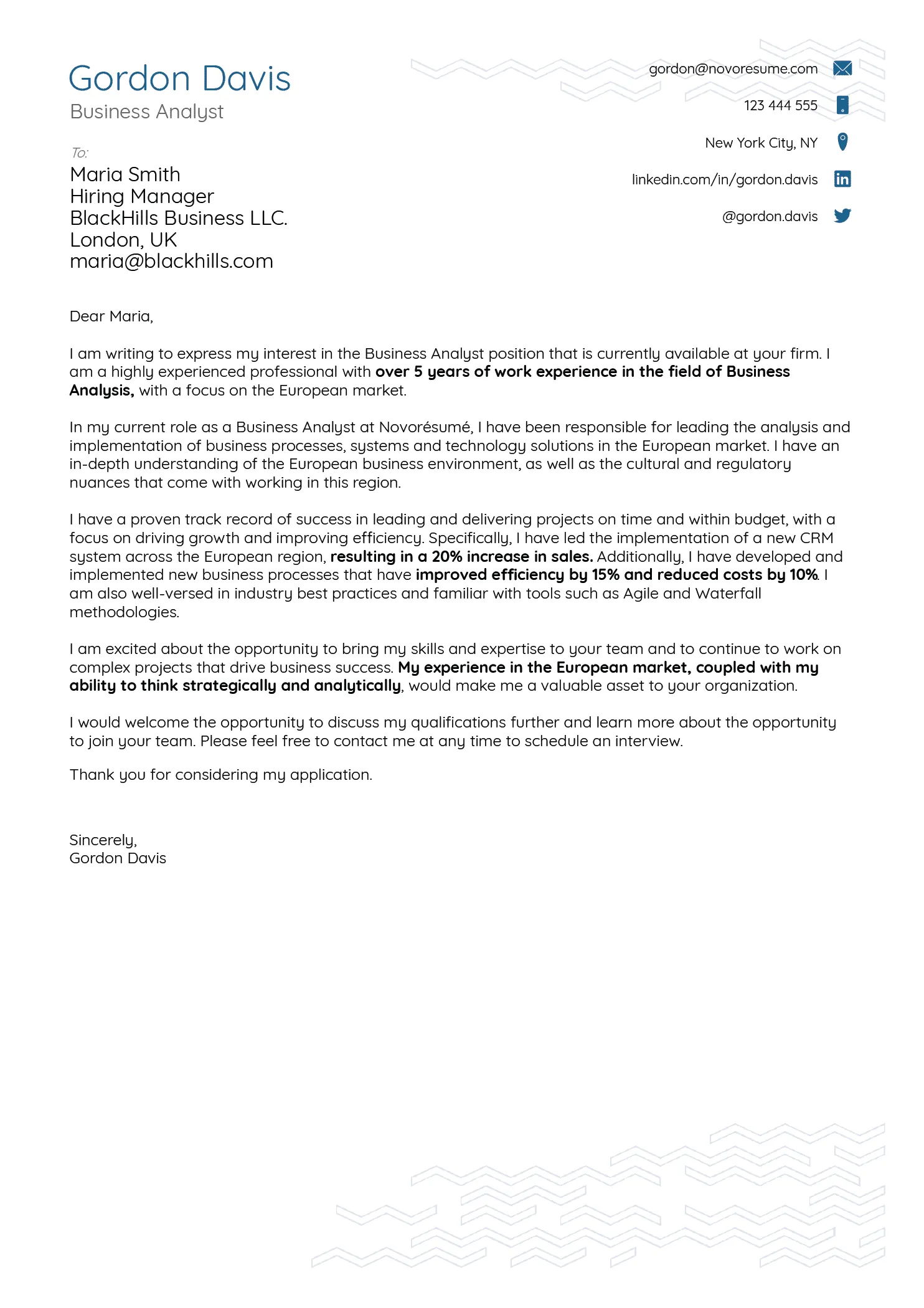
Despite the increasing use of online applications, cover letters remain an essential part of the job application process. They offer a personalized touch that resumes, with their standardized format, often lack. Many employers still rely on cover letters to assess a candidate’s communication skills, attention to detail, and overall fit for the role and company culture. A well-written cover letter can showcase your personality, making you more memorable than other applicants. By expressing your interest and enthusiasm, you can significantly improve your chances of getting an interview. Moreover, cover letters allow you to address any specific concerns or explain situations that may not be clear from your resume alone. This is particularly important if you have career gaps or are transitioning careers. Therefore, a cover letter can be a crucial tool in making a positive first impression.
Cover Letter vs Resume the Key Differences
A resume is a concise summary of your work history, skills, and education. It’s designed to provide a quick overview of your qualifications. In contrast, a cover letter is a narrative document that explains your interest in the specific job and company. It provides context and highlights why you are a good fit for the role. The resume focuses on your past experiences and achievements, using bullet points and factual statements. The cover letter allows you to showcase your personality, writing style, and communication skills. A resume is typically a static document that remains largely unchanged. The cover letter is customized for each job application, reflecting your understanding of the role and company. While the resume lists your skills and experiences, the cover letter explains how those skills and experiences align with the job requirements.
Essential Components of a Compelling Cover Letter
A strong cover letter includes several key components, each playing a vital role in conveying your qualifications and enthusiasm. These components work together to create a persuasive and memorable application. From the greeting to the closing, every element should be carefully crafted to make a positive impression on the hiring manager. By paying attention to these essential components, you can significantly improve your chances of success.
Contact Information and Salutation
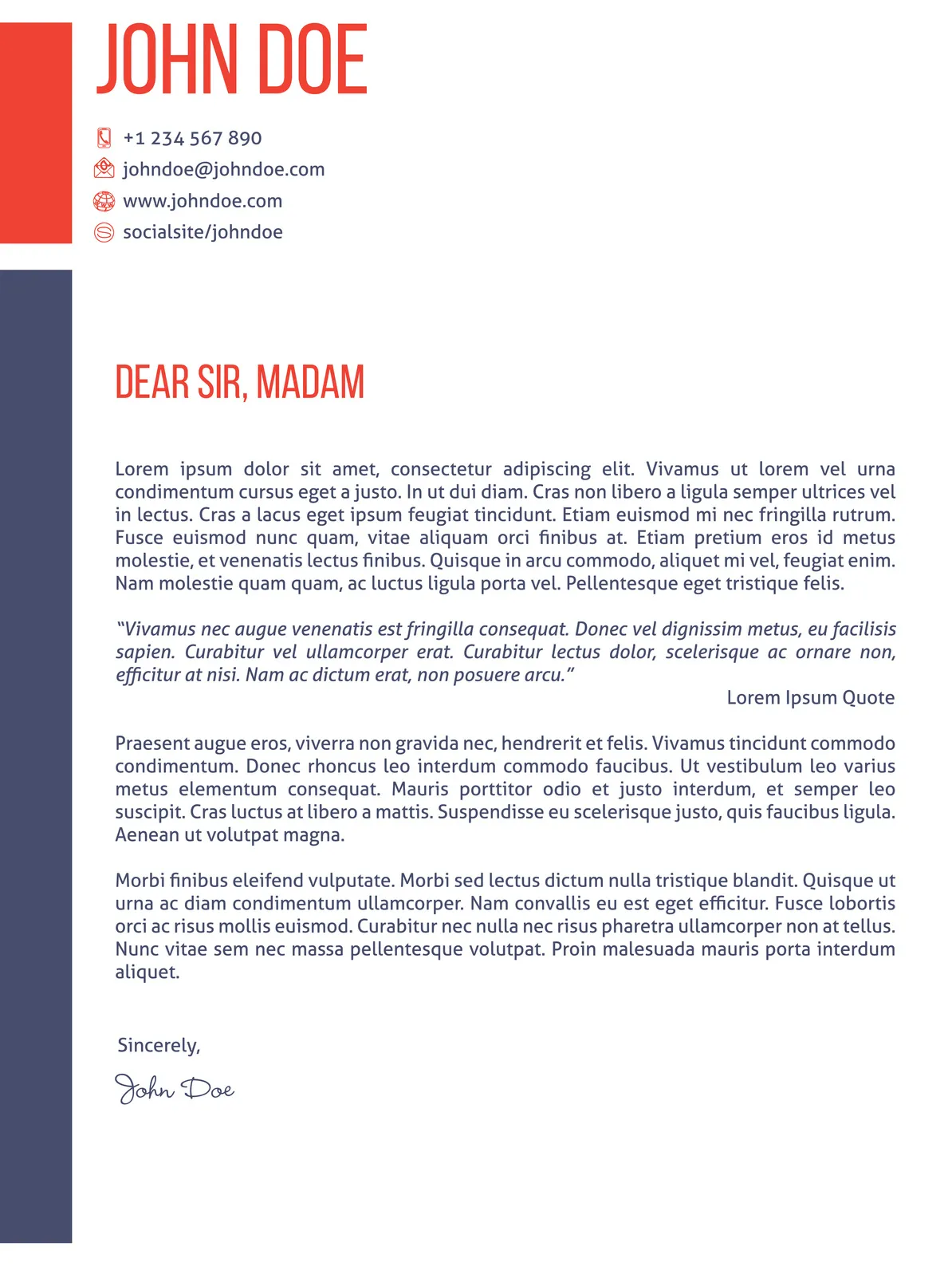
Start your cover letter with your contact information, including your name, address, phone number, and email address. Following this, include the date and the hiring manager’s name and title, if you know it. Address the hiring manager directly by name whenever possible; it demonstrates that you’ve done your research. If you can’t find the hiring manager’s name, use a professional greeting like “Dear Hiring Manager.” Avoid generic greetings such as “To Whom It May Concern.” Addressing the letter to a specific person adds a personal touch and shows that you’ve taken the time to learn more about the company and the role. Correctly formatting your contact information and salutation sets a professional tone and ensures that the hiring manager can easily reach you.
Crafting a Strong Opening Paragraph
Your opening paragraph is your first chance to capture the hiring manager’s attention. Start with a strong statement that immediately highlights your interest in the position and the company. Clearly state the position you are applying for and how you learned about the opportunity. Briefly mention a key skill or accomplishment that aligns with the job requirements to pique the reader’s interest. Avoid generic phrases; instead, use specific and enthusiastic language to show your genuine interest. The opening paragraph should entice the reader to continue reading, setting the stage for the rest of your letter. A well-crafted opening paragraph makes a strong first impression, showcasing your enthusiasm and making the hiring manager want to learn more about you.
Highlighting Relevant Skills and Experiences
In the body of your cover letter, focus on skills and experiences that align with the job requirements. Choose 2–3 key skills or experiences that are most relevant and provide specific examples of how you’ve demonstrated those skills. Use the job description as a guide to identify the most important qualifications the employer is seeking. For each skill or experience, provide a brief narrative that illustrates your accomplishments and their impact. Emphasize the value you can bring to the company. Support your claims with quantifiable achievements to demonstrate the impact you’ve had in previous roles. Show, don’t just tell, by providing concrete examples that prove your capabilities and potential.
Quantifying Achievements to Impress
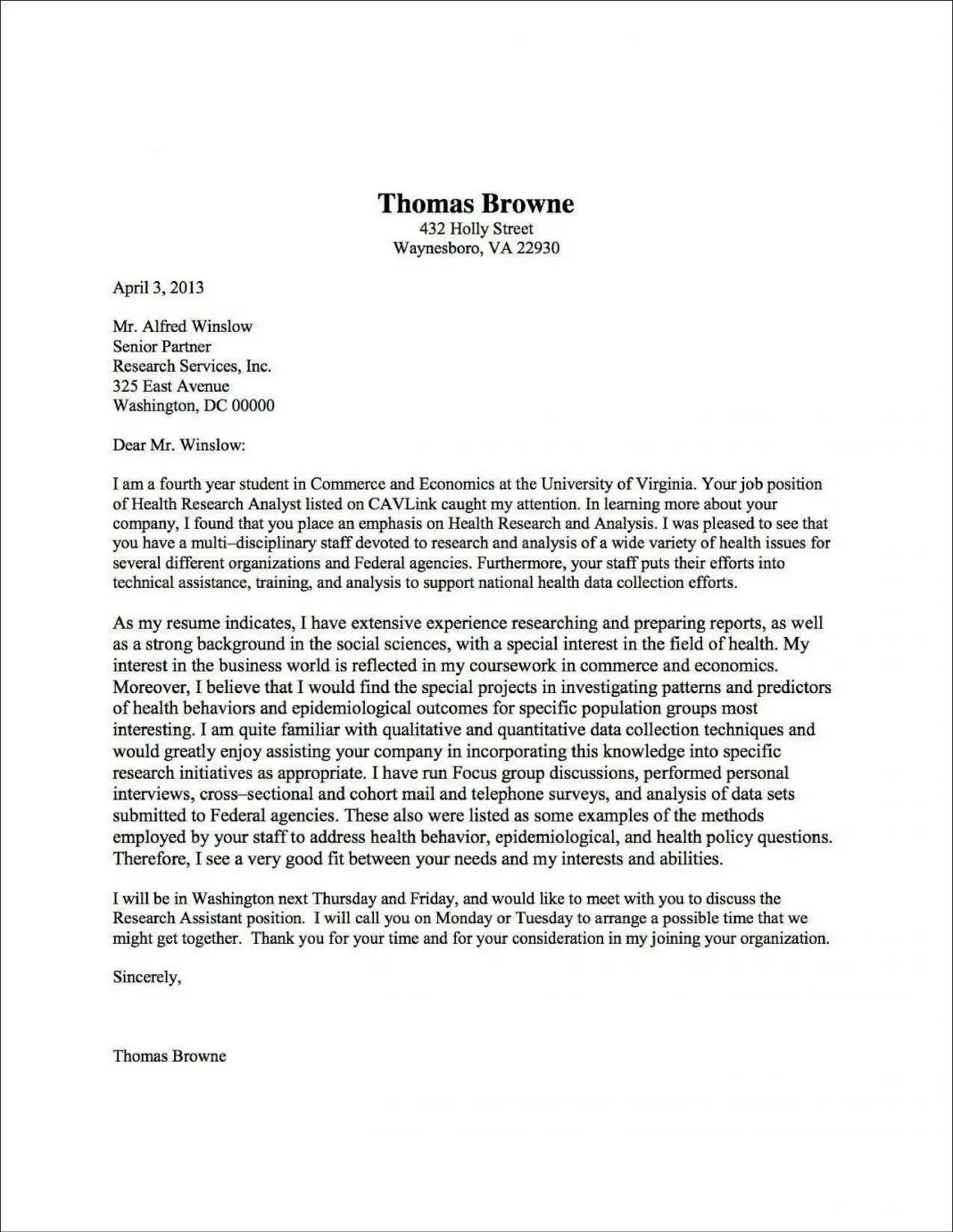
Using numbers and data is essential for making your accomplishments more impactful. Whenever possible, quantify your achievements to demonstrate the results you’ve achieved in past roles. Instead of saying “Managed a team,” state “Managed a team of 10, increasing productivity by 15%.” Use percentages, dollar amounts, and other metrics to highlight your impact. For example, you could say “Increased sales by 20% in one quarter.” Quantifying your achievements provides concrete evidence of your abilities and makes your accomplishments more credible. By including data and numbers, you provide objective proof of your contributions and the value you can bring to the role. This approach significantly increases your chances of getting noticed by the hiring manager.
Demonstrating Company Research and Interest
Show that you’ve done your research by mentioning something specific about the company or the role that interests you. Briefly discuss your understanding of the company’s mission, values, or recent projects. Explain why you are drawn to the company and how your goals align with theirs. This demonstrates that you’re not just sending a generic application, but that you’re genuinely interested in the opportunity. Mention specific aspects of the company’s work that excite you. This shows you’ve taken the time to learn about the company and its culture. Customizing your cover letter to each company makes a strong impression, setting you apart from other applicants. Showing that you understand the company’s needs and values increases your chances of getting an interview.
Writing a Powerful Closing Paragraph
Your closing paragraph should reiterate your interest in the position and express your enthusiasm for the opportunity. Thank the hiring manager for their time and consideration. Clearly state your availability for an interview and how they can contact you. Reiterate your key qualifications and why you are the best candidate for the job. End with a call to action, such as “I look forward to hearing from you.” Maintain a professional tone and make it easy for the hiring manager to contact you. A strong closing paragraph leaves a positive final impression, ensuring the hiring manager remembers you and encourages them to take the next step in the hiring process.
Cover Letter Formatting and Design Tips
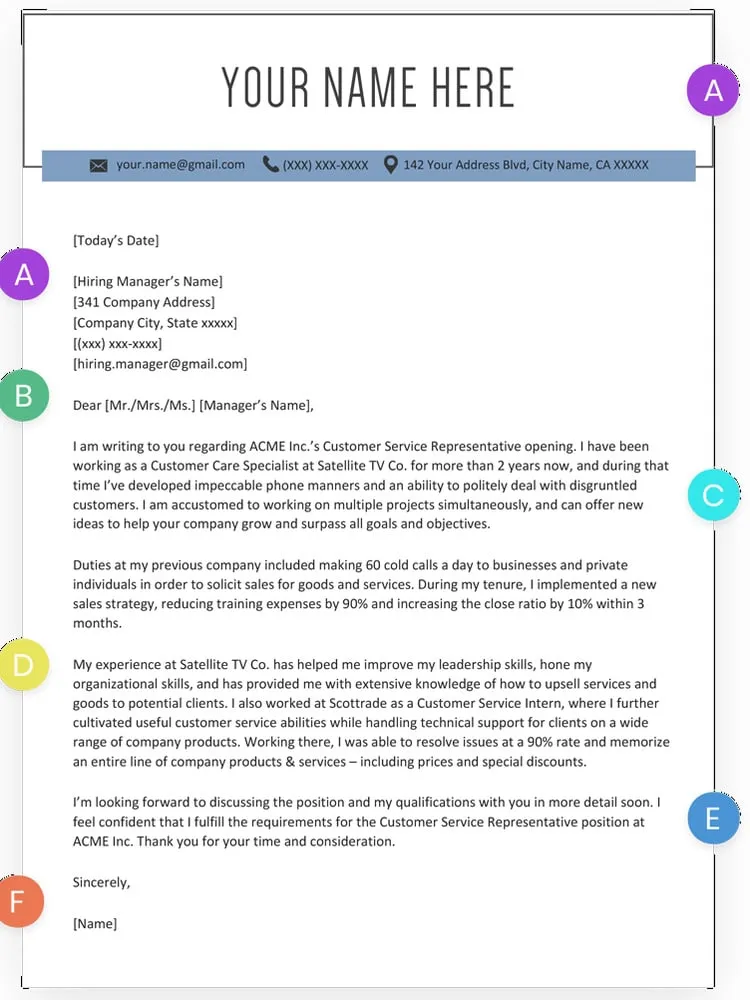
The formatting and design of your cover letter are just as important as the content. A well-formatted cover letter is easy to read and visually appealing, making a positive impression on the hiring manager. Proper formatting demonstrates attention to detail and professionalism. These tips help create a polished and effective cover letter.
Choosing the Right Font and Font Size
Select a professional and easy-to-read font, such as Times New Roman, Arial, or Calibri. Use a font size between 11 and 12 points to ensure readability. Avoid using overly decorative or unusual fonts, as they can distract from the content. Ensure the font is consistent throughout the entire cover letter. Use clear formatting to make your cover letter easy to read. This helps the hiring manager quickly grasp the information you’re presenting. The right font and size contribute to the overall professionalism of your cover letter, making a positive impression on the reader.
Maintaining Professionalism in Tone and Language
Use a formal and professional tone throughout your cover letter. Avoid slang, jargon, and overly casual language. Write in a clear and concise manner, using proper grammar and punctuation. Proofread your cover letter carefully to eliminate any typos or grammatical errors. Keep your tone enthusiastic but professional. The language you use should reflect your attention to detail and ability to communicate effectively. A professional tone and language are essential for making a positive impression. The goal is to present yourself as a competent and well-prepared candidate.
Proofreading and Editing for Perfection
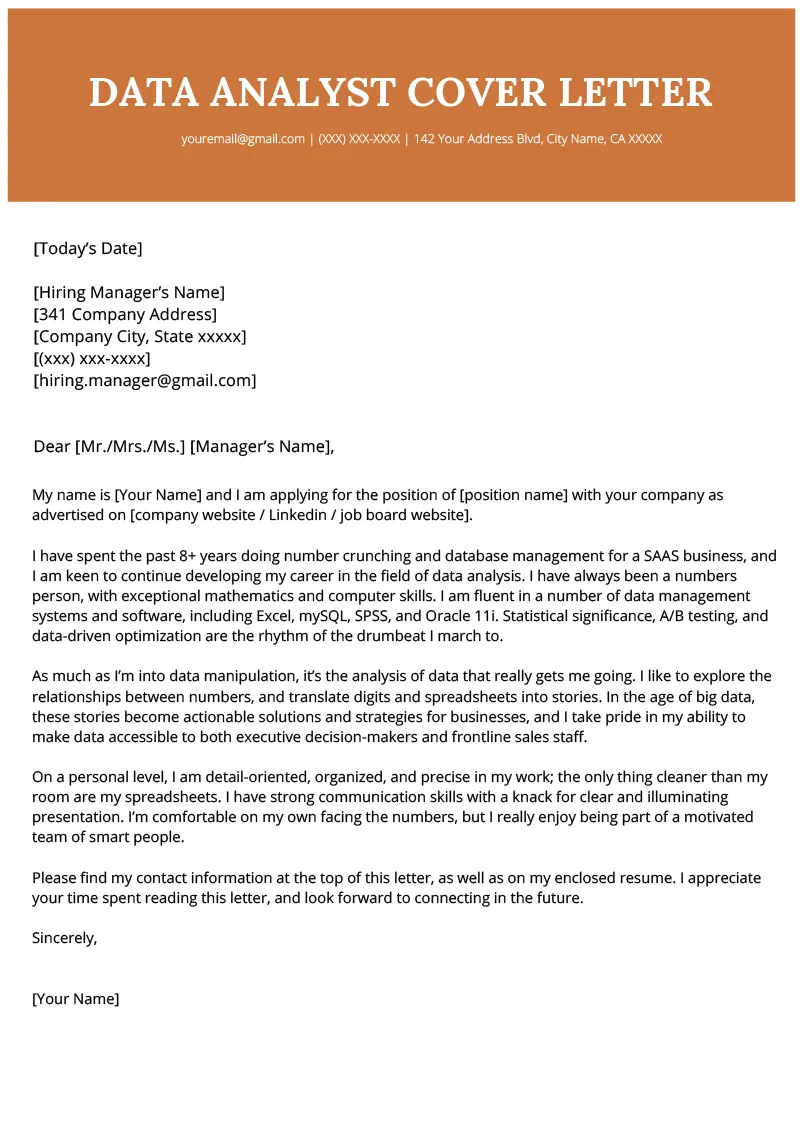
Always proofread your cover letter before submitting it. Errors in spelling, grammar, or punctuation can undermine your credibility. Read the cover letter aloud to catch any awkward phrasing or grammatical mistakes. Have a friend or family member review your cover letter for a second opinion. Use a spell-checker and grammar checker, but don’t rely on them entirely. Proofreading is critical for ensuring your cover letter is polished and professional. Errors can make you appear careless. Taking the time to proofread and edit your cover letter shows that you pay attention to detail, a crucial skill for many jobs. This ensures your cover letter presents you in the best possible light.
Cover Letter Examples and Samples
Reviewing cover letter examples can help you understand how to structure your letter and what content to include. Use these examples as a starting point to create your own cover letter. Tailor the examples to your specific skills and the job you are applying for. Vary the examples to match different industries and roles. Adapting examples to your unique situation ensures your cover letter stands out.
Cover Letter for Various Industries and Roles
Different industries and roles may require different approaches to cover letters. Adapt your cover letter to the industry and the specific role you are targeting. For example, a cover letter for a creative position may have a more dynamic style. A cover letter for a more formal industry might require a more traditional approach. Research the industry norms and tailor your letter accordingly. Understanding the specific requirements of each role increases your chances of getting noticed by the hiring manager. A customized approach ensures your application aligns with the expectations of the industry and the specific role.
Adapting Cover Letters for Different Job Applications
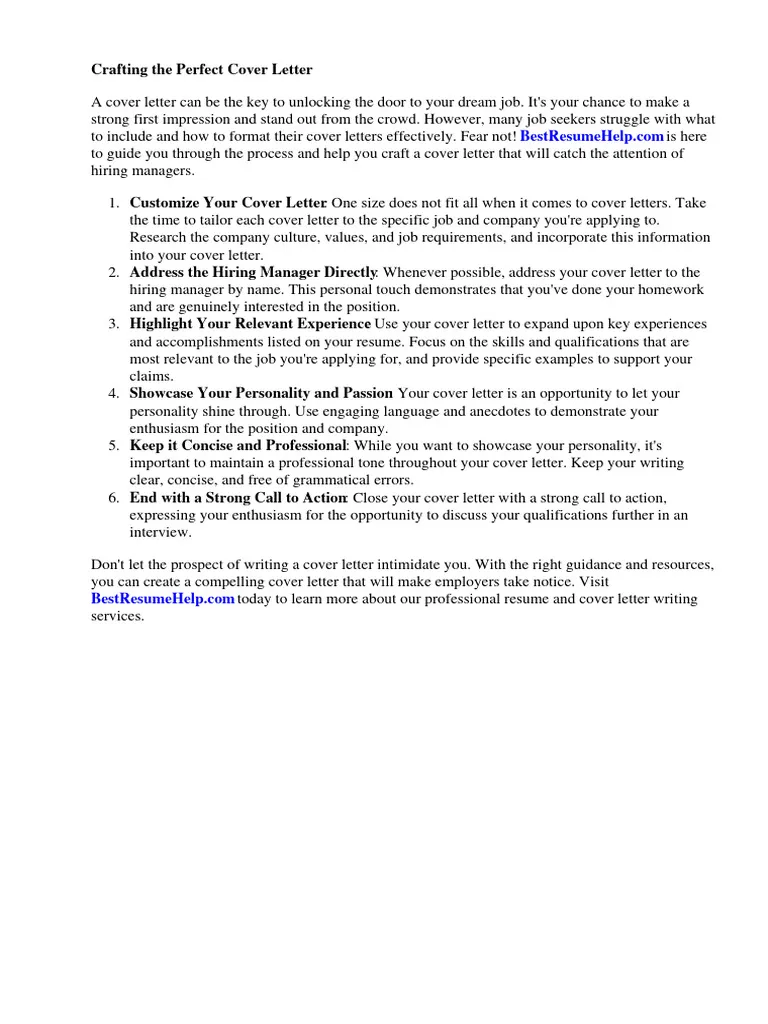
Customize your cover letter for each job application. Highlight the skills and experiences most relevant to the specific role. Tailor the content to address the key requirements and keywords mentioned in the job description. Research the company and show how your goals align with theirs. Generic cover letters are often ignored, so customization is crucial. By adapting your cover letter to each application, you demonstrate your genuine interest and commitment. This significantly increases your chances of making a positive impression and getting an interview. Taking the time to customize your application shows that you are serious about the opportunity.
Common Mistakes to Avoid in Cover Letters
Avoid these common mistakes to improve your chances of success. These errors can negatively impact your application and may lead to rejection. Paying attention to these pitfalls ensures your cover letter is polished and professional.
Generic Cover Letters
Avoid using a generic cover letter that is not tailored to the specific job or company. Generic letters demonstrate a lack of interest and effort. Customize your letter to show that you understand the role and company. Mention specific aspects of the job description and company research. Generic letters often fail to capture the hiring manager’s attention. Taking the time to customize your cover letter shows that you are serious about the opportunity and have done your research.
Typos and Grammatical Errors
Typos and grammatical errors can damage your credibility and make you appear careless. Always proofread your cover letter carefully before submitting it. Use spell-check and grammar-check tools, but don’t rely on them entirely. Have a friend or family member review your cover letter for a second opinion. Typos and errors are easily avoidable, and they can make a negative first impression. Taking the time to proofread your cover letter ensures that it is polished and professional.
Ignoring the Job Description
Don’t ignore the job description. Use it as a guide to highlight the skills and experiences the employer is seeking. Tailor your cover letter to address the key requirements and keywords mentioned in the job description. Ignoring the job description can make it seem as if you haven’t read the requirements. A well-crafted cover letter focuses on the specific qualifications needed for the role. Demonstrating how your skills and experience align with the job description increases your chances of getting an interview.
Leveraging Keywords in Your Cover Letter
Include relevant keywords from the job description in your cover letter. This helps your application pass through applicant tracking systems (ATS) and ensures it reaches the hiring manager. Use keywords naturally throughout your cover letter, avoiding keyword stuffing. Integrate keywords into your descriptions of skills and experiences. Strategic use of keywords improves your chances of getting noticed by both automated systems and hiring managers. The right keywords will help your application stand out and highlight your qualifications. This approach increases your chances of landing an interview.
